Lonicera macranthoides
Lonicera macranthoides
1. The products in our compound library are selected from thousands of unique natural products; 2. It has the characteristics of diverse structure, diverse sources and wide coverage of activities; 3. Provide information on the activity of products from major journals, patents and research reports around the world, providing theoretical direction and research basis for further research and screening; 4. Free combination according to the type, source, target and disease of natural product; 5. The compound powder is placed in a covered tube and then discharged into a 10 x 10 cryostat; 6. Transport in ice pack or dry ice pack. Please store it at -20 °C as soon as possible after receiving the product, and use it as soon as possible after opening.
Natural products/compounds from Lonicera macranthoides
- Cat.No. Product Name CAS Number COA
-
BCN5816
4-Hydroxybenzaldehyde123-08-0
Instructions
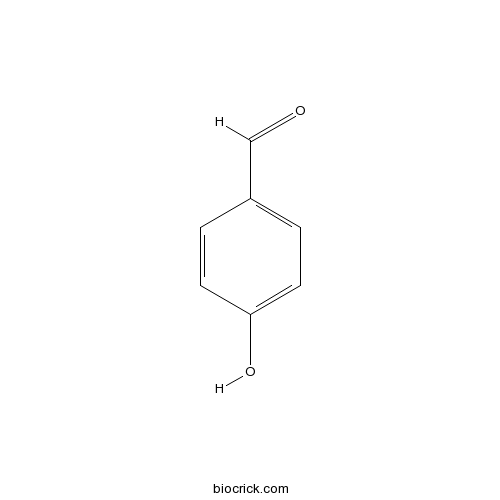
-
BCN5938
Macranthoidin B136849-88-2
Instructions
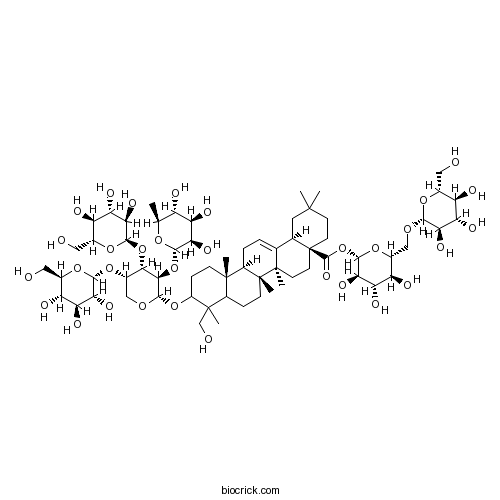
-
BCN2808
Macranthoidin A140360-29-8
Instructions
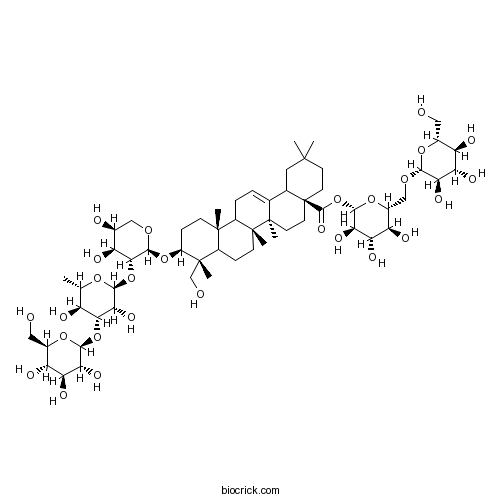
-
BCN5057
Loganic acid22255-40-9
Instructions
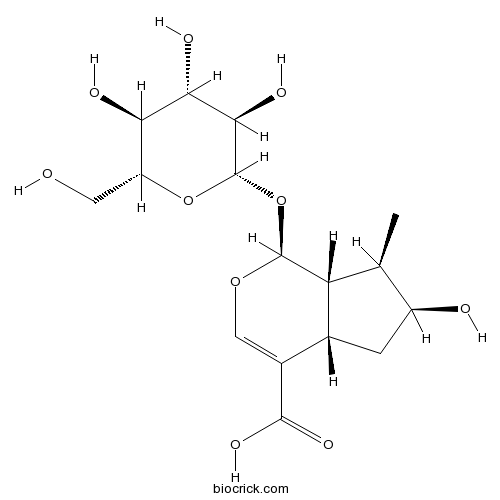
-
BCN5940
Dipsacoside B33289-85-9
Instructions

-
BCN1256
Asperosaponin VI39524-08-8
Instructions

-
BCN5506
Asiatic acid464-92-6
Instructions

-
BCN5513
Hederagenin465-99-6
Instructions

-
BCN1247
Isorhamnetin-3-O-beta-D-Glucoside5041-82-7
Instructions

-
BCN5701
Scopolin531-44-2
Instructions
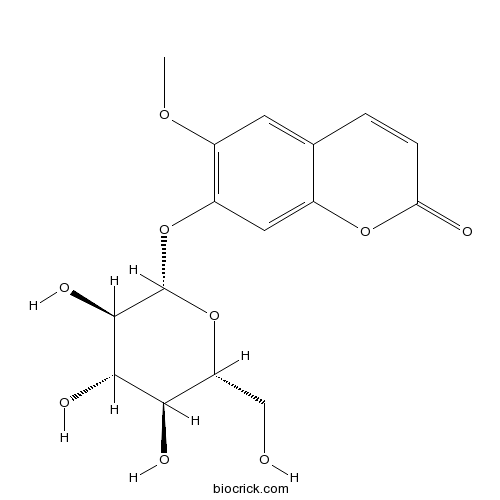
-
BCN1423
Hederagenin 28-O-beta-D-glucopyranosyl ester53931-25-2
Instructions

-
BCN8471
Inositol87-89-8
Instructions

Transcriptome Analysis Reveals Molecular Signatures of Luteoloside Accumulation in Senescing Leaves of Lonicera macranthoides.[Pubmed: 29597293]
None
Analysis of the genetic diversity of Lonicera japonica Thumb. using inter-simple sequence repeat markers.[Pubmed: 28128416]
Inter-simple sequence repeats (ISSRs) were used to analyze the genetic diversity of 21 accessions obtained from four provinces in China, Shandong, Henan, Hebei, and Sichuan. A total of 272 scored bands were generated using the eight primers previously screened across 21 accessions, of which 267 were polymorphic (98.16%). Genetic similarity coefficients varied from 0.4816 to 0.9118, with an average of 0.6337. The UPGMA dendrogram grouped 21 accessions into two main clusters. Cluster A comprised four Lonicera macranthoides Hand. Mazz. accessions, of which J10 was found to be from Sichuan, and J17, J18, and J19 were found to be from Shandong. Cluster B comprised 17 Lonicera japonica Thumb. accessions, divided into the wild accession J16 and the other 16 cultivars. The results of the principal component analysis were comparable to the cluster analysis. Therefore, the ISSR markers could be effectively used to distinguish interspecific and intraspecific variations, which may facilitate identification of Lonicera japonica cultivars for planting, medicinal use, and germplasm conservation.
Simultaneous determination of five triterpenoid saponins in different parts of Lonicera macranthoides by RRLC-MS/MS method.[Pubmed: 27455548]
A rapid resolution liquid chromatography-tandem mass spectrometry (RRLC-MS/MS) method was developed and validated for the determination of five major saponins (macranthoidin B, macranthoidin A, dipsacoside B, akebiasaponin D, and dipsacoside A) in the flower bud, stem, and leaf parts of Lonicera macranthoides. Chromatographic separation was performed on a ZORBAX SB-C18 column (2.1 x 50 mm, 1.8 μm). Acetonitrile and 0.1% aqueous formic acid were adopted as mobile phase. Detection was carried out on a triple quadrupole mass spectrometer in the negative ion mode using an electrospray source. Multiple reaction monitoring (MRM) mode was employed. The established method showed good linearity (r2 ≥ 0.9994) for all the analytes within the test ranges and the recoveries were 95.19-103.28%. Desirable intra-day and inter-day precision as well as repeatability were obtained with relative standard deviations (RSDs) less than 5%. The method was simple, sensitive, accurate and performed well in application to the sample determination within a short analysis time of 15 min. The saponin profiles of different parts of Lonicera macranthoides were obtained based on the quantitative data, showing that the flower bud contained much higher level of saponins than the stem and leaf by several orders of magnitude, and that the quantity ratios varied remarkable between these three part. The conclusions might provide scientific evidences for the reasonable application of Lonicera macranthoides, and the proposed RRLC-MS/MS method might be useful for the quality control of this medicinal plant.
[Study on seed quality test and quality standard of Lonicera macranthoides].[Pubmed: 28884536]
Referring to the rules for agricultural seed testing (GB/T 3543-1995) issued by China, the test of sampling, purity, thousand seed weight, moisture, viability, relative conductivity and germination rate had been studied for seed quality test methods of Lonicera macranthoides. The seed quality from 38 different collection areas was measured to establish quality classification standard by K-means clustering. The results showed that at least 7.5 g seeds should be sampled, and passed 20-mesh sieve for purity analysis.The 500-seed method used to measure thousand seed weight. The moisture was determined by crushed seeds dried in high temperature (130±2) ℃ for 3 h.The viability determined by 25 ℃ 0.1% TTC stained 5h in dark. 1.0 g seeds soaked in 50 ml ultra pure water in 25 ℃ for 12 hours to determine the relative conductivity. The seed by 4 ℃stratification for 80 days were cultured on paper at 15 ℃. Quality of the seeds from different areas was divided into three grades. The primary seed quality classification standard was established.The I grade and II grade were recommend use in production.
Typical ultraviolet spectra in combination with diagnostic mass fragmentation analysis for the rapid and comprehensive profiling of chlorogenic acids in the buds of Lonicera macranthoides.[Pubmed: 26970751]
A major challenge of profiling chlorogenic acids (CGA) in natural products is to effectively detect unknown or minor isomeric compounds. Here, we developed an effective strategy, typical ultraviolet (UV) spectra in combination with diagnostic mass fragmentation analysis based on HPLC-DAD-QTOF-MS/MS, to comprehensively profile CGA in the buds of Lonicera macranthoides. First, three CGA UV patterns were obtained by UV spectra screening. Second, 13 types of CGA classified by molecular weights were found by thorough analysis of CGA peaks using high-resolution MS. Third, selected ion monitoring (SIM) was carried out for each type of CGA to avoid overlooking of minor ones. Fourth, MS/MS spectra of each CGA were investigated. Then 70 CGA were identified by matching their UV spectra, accurate mass signals and fragmentation patterns with standards or previously reported compounds, including six caffeoylquinic acids (CQA), six diCQA, one triCQA, three caffeoylshikimic acids (CSA), six diCSA, one triCSA, three p-coumaroylquinic acids (pCoQA), four p-coumaroylcaffeoylquinic acids (pCoCQA), four feruloylquinic acids (FQA), five methyl caffeoylquinates (MCQ), three ethyl caffeoylquinates (ECQ), three dimethoxycinnamoylquinic acids (DQA), six caffeoylferuloylquinic acids (CFQA), six methyl dicaffeoylquinates (MdiCQ), four FQA glycosides (FQAG), six MCQ glycosides (MCQG), and three ethyl dicaffeoylquinates (EdiCQ). Forty-five of them were discovered from Lonicera species for the first time, and it is noted that CGA profiles were investigated for the first time in L. macranthoides. Results indicated that the developed method was a useful approach to explore unknown and minor isomeric compounds from complex natural products.


